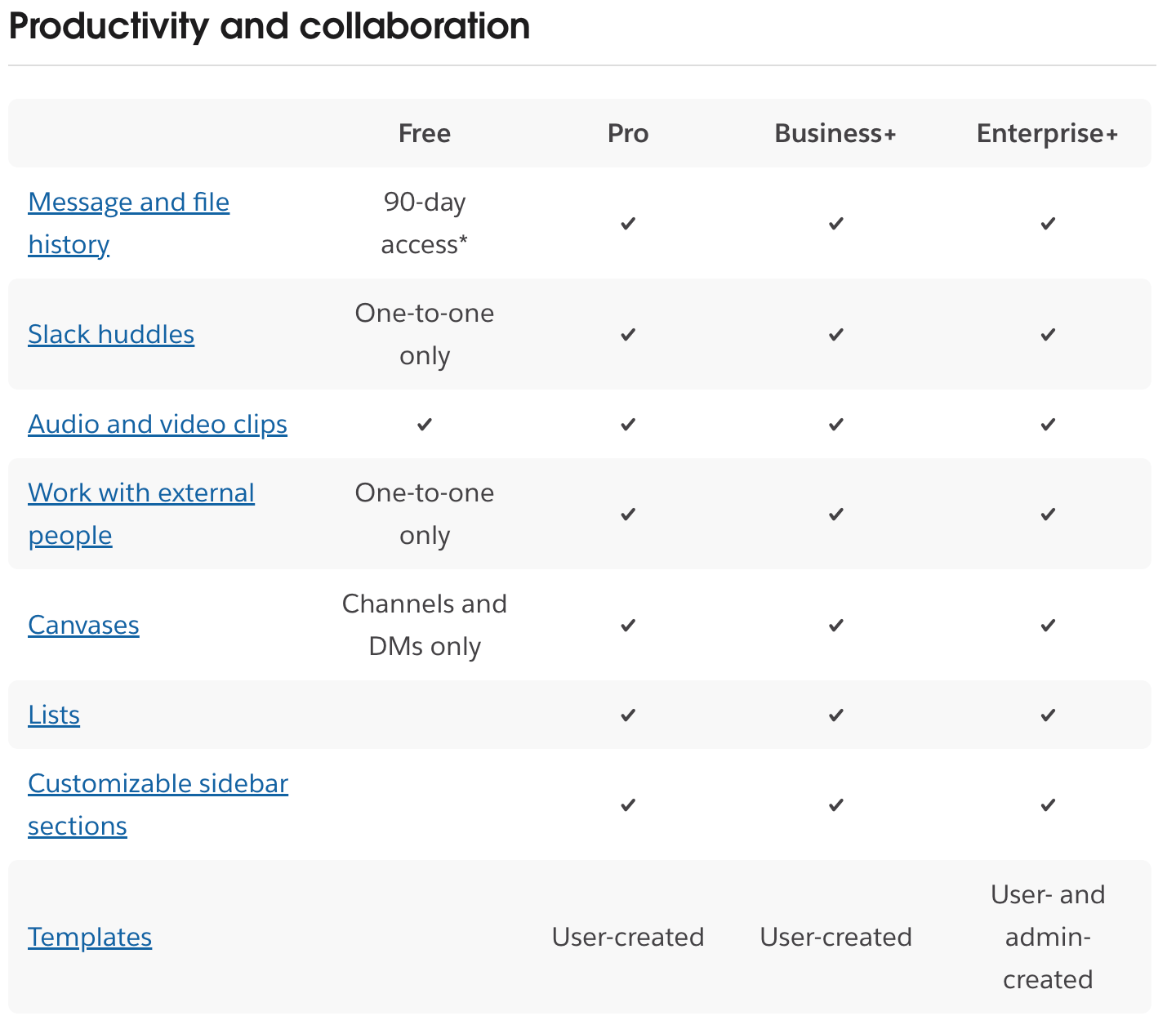Hey, it’s Anastasia Kudrow.
If you’ve downloaded one of my paywall collections, onboarding teardowns, PLG guides in the past or came to one of my webinars… hi again 👋
About a month ago I’ve started a newsletter and thought you might like it. It’s called Ghosted, and it’s for product teams who want to stop losing users after signup.
Each issue breaks down one behavioral pattern behind user drop-off, and shows how to design onboarding, pricing, and retention strategies that work with human behavior, not against it.
So when everyone else is stuck guessing why users leave, you’ll have a clear answer.
If that’s not your thing, no hard feelings, just hit unsubscribe below and I won’t bother you again.
But if it is, stick around and read the first issue right here 👇
I genuinely thought the free plan was great.
It had just enough to get started, the UX was clean, people were using it — like, properly using it. Not just poking around.
They were building stuff, inviting others, even sharing links on Twitter.
And I felt good about that. I thought,
“Okay. This is what PLG is supposed to look like.”
But nobody upgraded.
I kept checking Stripe. Watching cohorts.
There were a couple paid signups, but it was basically dead.
So I panicked a bit.
Added a few new triggers to paywalls.
Made the pricing page punchier.
Even rewrote the onboarding emails like four times.
Still nothing.
At some point I remember saying, out loud,
"I don’t get it. The free plan is working."
And someone on the team just looked at me and said,
"Yeah. Maybe it’s working too well."
Zero-Price Effect
There’s a name for this — it’s a real cognitive thing.
When people get something for free, they don’t just like it.
They overvalue it.
Free doesn’t feel like a discount.
It feels like a gift.
And once you’ve gotten something for nothing?
Paying for more doesn’t feel like a logical next step.
It feels like a loss.

How we are making it worse by trying to make it better
The thing is — in my story, people were getting value.
They came in, they tried it, and it worked.
They got what they came for.
But that was the problem.
They already felt like they’d won.
So now asking them to upgrade didn’t feel like unlocking more.
It felt like taking something away.
I thought we were building a funnel.
But it turned out, we’d built a finish line.
And yeah — I kept coming back to this:
“Aren’t we supposed to give value before we ask people to pay?”
Yes.
But here’s the part I didn’t understand:
If that first value feels complete, they stop looking.
They don’t need more.
They don’t even want to know what’s behind the paywall.
Here’s a move you can steal from Slack to make it right
Slack used to let free users keep 10,000 messages.
That was… honestly? More than enough.
Small teams could use it for months and never hit a wall.
No urgency. No reason to pay.
Then they made a change:
→ Limit message history to 90 days.
Same onboarding. Same core value.
But now the free plan expires just enough to make the upgrade feel necessary.
“The new free tier gives a taste — and makes the need to pay obvious.”
It’s not about making free worse.
It’s about making it feel “not the last destination”.

3 steps to break this pattern next week
– Pick one meaningful outcome — and make it incomplete on Free
Choose a key result like export, share, or publish. Let users start the action, but stop them right before the result. Add a clear message: “Upgrade to finish.”
– Keep the building process open — but stop just before the payoff
Don’t block setup or creation. Let users get invested. Then place the paywall right at the moment where the thing becomes useful: when they try to launch, send, or use it.
– Update your pricing page to show what Free users miss out on
Don’t just list what Pro includes. Add a section that clearly says what Free can’t do. Use examples tied to outcomes: “No exports,” “Can’t hand off to team,” “History disappears after 7 days.”

If you forget everything, remember this:
Don’t make Free feel like the whole product. Make it feel like the beginning.

